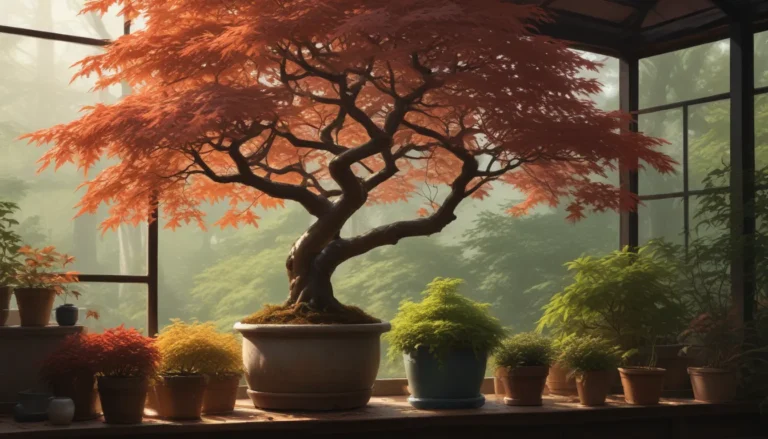Clumping vs. Running Bamboo: What’s the Difference and How to Choose the Right Type for Your Garden

Have you ever bitten into what you thought was a chocolate chip cookie, only to find out it was actually oatmeal raisin? Disappointing, right? Well, just like cookies, not all bamboo is the same. Clumping and running bamboo may look similar, but they have distinct behaviors that can make a big difference in your garden.
Let’s delve into the world of bamboo and explore the differences between clumping and running varieties. But first, let’s start with a quick “Bamboo 101” lesson for those who are new to the Bambusoideae subfamily.
What You’ll Learn
- A Brief Bamboo Primer
- Clumping Bamboo
- Running Bamboo
- Which Should You Use?
A Brief Bamboo Primer
Bamboo is not just a plant; it’s a cultural icon and a favorite food of pandas. Belonging to the true grass family, bamboo encompasses over 1400 species of tall, treelike grasses that grow on every continent except Europe and Antarctica.
Bamboo comes in various sizes, from tiny species to giants that reach over 100 feet in height. The characteristic hollow stems, or culms, grow rapidly in their first season and produce new culms each year, making the plant look larger with time.
The rhizomes, or underground stems, play a crucial role in bamboo’s growth. Clumping and running varieties differ primarily in their rhizome patterns.
Clumping Bamboo
Clumping bamboo, as the name suggests, grows in tight clumps with culms packed closely together. These types have thick rhizomes that are non-invasive and tend to grow slowly horizontally but quickly vertically.
Clumping bamboo is perfect for specimen or accent plantings due to its dense growth habit. It’s ideal for limited planting spaces, but be cautious as the strong rhizomes can cause damage to nearby structures.
While clumping types are not as cold-hardy as running varieties, some mountainous clumping species can withstand cold temperatures. However, pruning clumping bamboo can be tricky, as dead culms within the clump are challenging to reach and remove.
Running Bamboo
On the other hand, running bamboo spreads rapidly through thin, running rhizomes that can cover large areas quickly. Running types are excellent for creating screens, hedges, or borders, and their root systems help with erosion control.
Although running bamboo grows horizontally faster than clumping varieties, it’s easier to remove individual rhizomes if they spread out of bounds. However, some running species are considered invasive and should be avoided in certain regions.
Which Should You Use?
To simplify your decision-making process:
Clumping Bamboo is ideal for:
– Dense culms
– Slow horizontal spread
– Limited planting spaces
– Non-invasive growth
– Specimen or accent plantings
Running Bamboo is perfect for:
– Fast horizontal expansion
– Creating screens or borders
– Erosion control
– Cold- and heat-tolerant options
Clumping and running bamboo have distinct characteristics that suit different garden needs. When in doubt, consult with local experts to make the best choice for your garden.
Put Some Bamboo in the Queue
Adding clumping or running bamboo to your garden plans can bring unique beauty and functionality to your landscape. Now that you understand the differences between the two types, you can confidently incorporate them into your gardening strategy.
Got questions or thoughts? Feel free to share in the comments below. And for more grassy inspiration, check out these helpful guides:
- How to Divide and Transplant Bamboo
- Easy Landscaping with Ornamental Grasses
- How to Grow and Care for Mondo Grass
Now that you’re equipped with the knowledge on clumping and running bamboo, you can start planning your next green project with confidence. Happy gardening!
*





